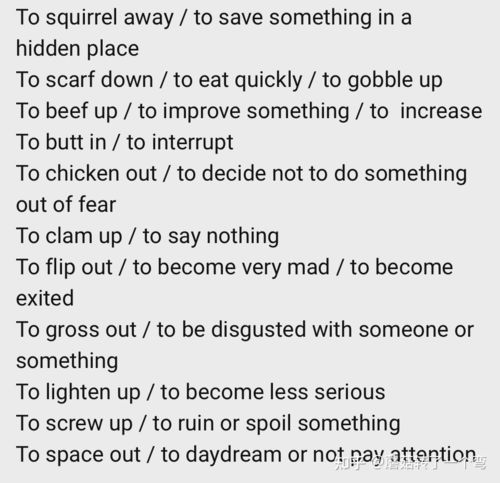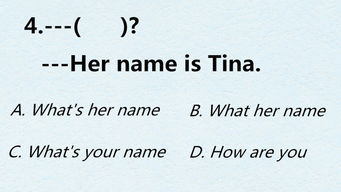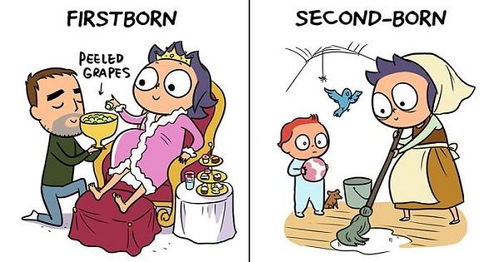Is Seem: A Linking Verb Unveiled
Have you ever wondered about the role of “seem” in the English language? Often overlooked, this linking verb plays a crucial part in forming sentences that convey meaning and express ideas. In this article, we will delve into the intricacies of “seem” as a linking verb, exploring its usage, variations, and significance in various contexts.
Understanding the Basics

Before we dive into the details, let’s clarify what a linking verb is. A linking verb connects the subject of a sentence to a noun or adjective that describes or identifies the subject. “Seem” falls into this category, acting as a linking verb that links the subject to a complement, which can be a noun, adjective, or even a clause.
Here’s a simple example to illustrate this concept:
She seems happy today.
In this sentence, “seems” is the linking verb, connecting the subject “she” to the complement “happy,” which describes her emotional state.
Forms and Variations

While “seem” is the most common form of the linking verb, it has several variations that are used in different contexts. Let’s take a closer look at these variations:
| Form | Meaning |
|---|---|
| Seem | Indicates an appearance or impression of something |
| Appears | Indicates a visible or noticeable quality |
| Looks | Indicates a visual impression or appearance |
| Sounds | Indicates a perceived quality of sound |
| Smells | Indicates a perceived quality of smell |
| Tastes | Indicates a perceived quality of taste |
| Feels | Indicates a perceived quality of touch or texture |
These variations can be used to convey different sensory experiences or impressions. For instance, “She appears tired” suggests a visible sign of fatigue, while “She seems happy” implies an impression of happiness based on her behavior or demeanor.
Using “Seem” in Different Sentences

Now that we understand the basics and variations of “seem,” let’s explore how it can be used in different sentences:
1. Describing a Person’s Appearance or Behavior:
He seems distracted today.
This sentence indicates that the person appears to be preoccupied or not fully focused on the task at hand.
2. Expressing an Opinion or Judgment:
Based on the evidence, it seems unlikely that the suspect is innocent.
This sentence conveys a judgment or opinion based on the available information.
3. Speculating or Making an Assumption:
Given the weather forecast, it seems like we’ll have a sunny weekend.
This sentence expresses a speculation or assumption about the weather for the upcoming weekend.
The Significance of “Seem” in Communication
As a linking verb, “seem” plays a vital role in communication by allowing us to express opinions, judgments, and speculations. It provides a way to convey meaning and connect the subject to a complement, making our sentences more informative and engaging.
Moreover, the use of “seem” can be subtle and nuanced, allowing for a variety of interpretations. This flexibility makes it an essential tool in expressing ourselves effectively and accurately.
In conclusion, “seem” as a linking verb is a versatile and powerful tool in the English language. By understanding its usage, variations, and significance, you can enhance your communication skills and express your thoughts and opinions more effectively.


















